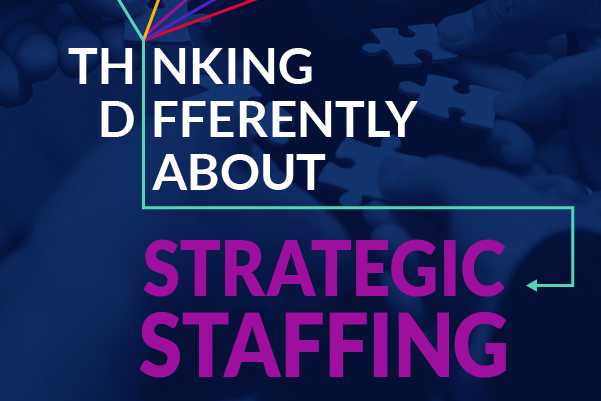This report is the result of research conducted during a 2012 benchmarking trip to Singapore undertaken by Vivien Stewart, Senior Education Advisor at the Asia Society, Betsy Brown Ruzzi, former NCEE Vice-president, and Marc Tucker, NCEE’s Founding President. It outlines the history of the VET system in Singapore from its beginnings after Singapore’s separation from Malaysia to its modern incarnation as one of the strongest VET systems in the world.
The report outlines lessons that other education systems can learn from Singapore’s VET system:
A fierce determination to match the performance of the best in the world while constantly learning from the best: The Singaporeans systematically look the world over for the best examples they can find anywhere of outstandingly successful policies and practices, and then they weave them together with their own ideas in a unique configuration that fits their own circumstances, values, and aims.
Good governance and stability: Singapore has worked to create a team of ministers and top leadership that share a common vision and are able to work closely with one another, not for their ministry, but for Singapore
Step-wise, aligned, coherent planning: At each stage of development, Singapore’s VET system was coherent and aligned both internally and with the contemporary needs of the evolving Singaporean economy.
A strong link to the national economic development strategy: Any VET program must be linked to national economic strategy to be successful. But Singapore is a textbook case for how to do it.
A strong compulsory education system: A VET system can be no better than the compulsory education system on which it is built. In this case, Singapore built a world-class compulsory education system, with students scoring at the top of the OECD PISA exam.
The idea of the “ factory school”: This uniquely Singaporean idea enables the VET system to train its workforce to truly state-of-the-art standards, to engage industry as a close partner in training, to enable students to train in an environment that is designed for training, but which, at the same time, is similar enough to the real thing to present challenges for the students very much like those they will face in the workplace.
A strong link to business: Close ties with business are a hallmark of Singapore’s VET program, from the design of the apprenticeship program to the role of businesses in assessing candidates for diplomas.
A determination to do what it would take to change the “brand” of VET in Singapore: Singapore’s campaign to “rebrand” vocational education as a valued and respected option was desperately needed and remarkably successful, and can serve as a template for nations faced with similar VET enrollment challenges.
A combination of meritocracy and support: Expecting a lot, even from the young people who have shown the least academic ability, and then relentlessly providing both the financial and non-financial help they need to live up to those expectations, may be the secret weapon of the Singaporean VET system.
A commitment to implementation: Anyone who spends time studying government in Singapore will come away impressed with the attention that the government pays not just to making the right policies, but to making sure that those policies are carefully and completely implemented.
This report is part of a series of international comparative studies of vocational and technical education systems aimed at informing the efforts underway in many countries to redesign vocational education and training systems for the 21st century. Other titles in this series include Gold Standard: The Swiss Vocational Education and Training System and Made in China: Challenge and Innovation in China’s Vocational Education and Training System. The series culminated in a book edited by NCEE Founding President Marc Tucker, Vocational Education and Training for a Global Economy, which provides in-depth case studies of the VET systems of Switzerland, Singapore, China and the United States as well as policy recommendations for the U.S. to strengthen its own VET system.





